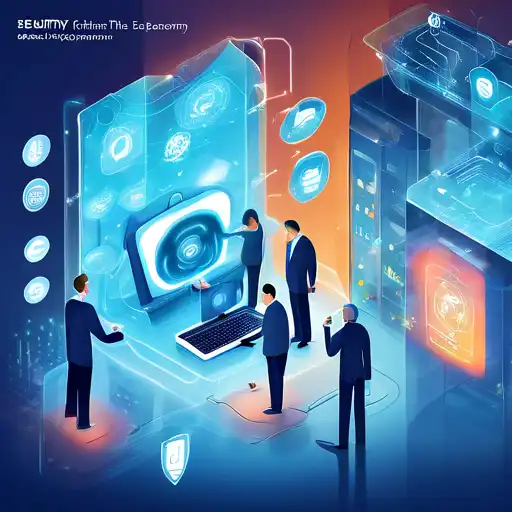Understanding the IoT Security Landscape
The Internet of Things (IoT) has transformed the way we interact with technology, embedding smart devices into every aspect of our lives. From smart homes to industrial automation, IoT devices offer unparalleled convenience and efficiency. However, this rapid expansion comes with significant security challenges that threaten user privacy and data integrity.
Key Security Challenges in the IoT Ecosystem
The IoT ecosystem is fraught with vulnerabilities that can be exploited by cybercriminals. Below are some of the most pressing security challenges:
- Weak Authentication: Many IoT devices come with default passwords that are rarely changed by users, making them easy targets for hackers.
- Lack of Encryption: Data transmitted between IoT devices and servers is often not encrypted, exposing sensitive information to interception.
- Outdated Software: Manufacturers sometimes neglect to provide regular updates, leaving devices vulnerable to known exploits.
- Insecure Interfaces: APIs and other interfaces that connect IoT devices to applications can be poorly secured, offering another avenue for attacks.
Strategies for Mitigating IoT Security Risks
Addressing these challenges requires a multi-faceted approach that involves manufacturers, developers, and end-users. Here are some strategies to enhance IoT security:
- Implement Strong Authentication: Use complex passwords and two-factor authentication to secure device access.
- Encrypt Data: Ensure all data transmitted by IoT devices is encrypted to protect it from eavesdropping.
- Regular Updates: Manufacturers should provide timely software updates to patch vulnerabilities.
- Secure Development Practices: Developers must follow secure coding practices to minimize vulnerabilities in IoT devices and applications.
The Role of Legislation in IoT Security
Governments around the world are beginning to recognize the importance of IoT security. Legislation such as the IoT Cybersecurity Improvement Act in the United States sets baseline security standards for devices used by the federal government. Such measures are a step in the right direction, but more comprehensive regulations are needed to cover the vast IoT ecosystem.
Conclusion
The IoT ecosystem offers immense benefits but also presents significant security challenges. By understanding these risks and implementing robust security measures, stakeholders can protect against threats and ensure the safe use of IoT technologies. As the IoT continues to evolve, ongoing vigilance and adaptation will be key to navigating its complex security landscape.
For more insights into securing your digital life, explore our guide on cybersecurity basics.
